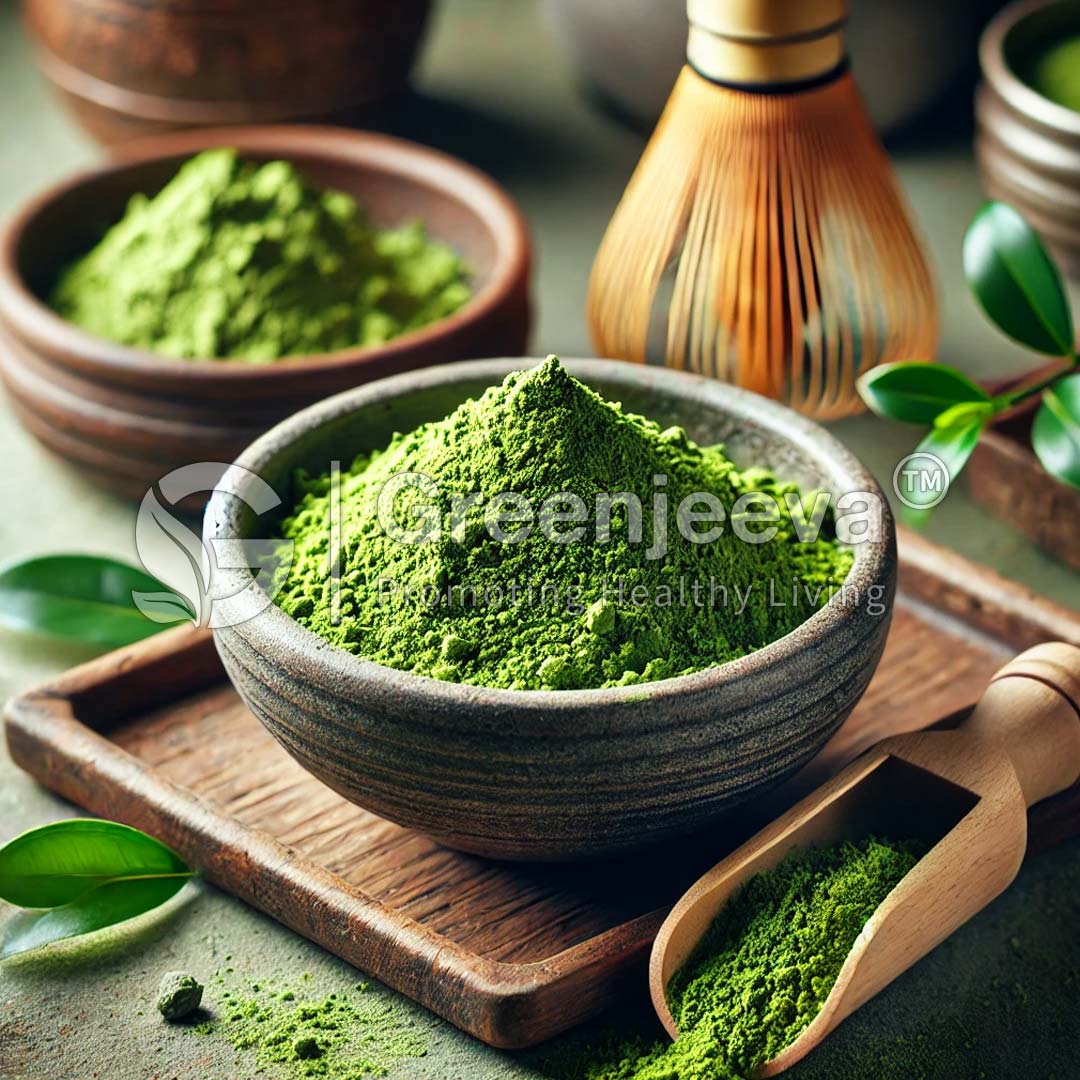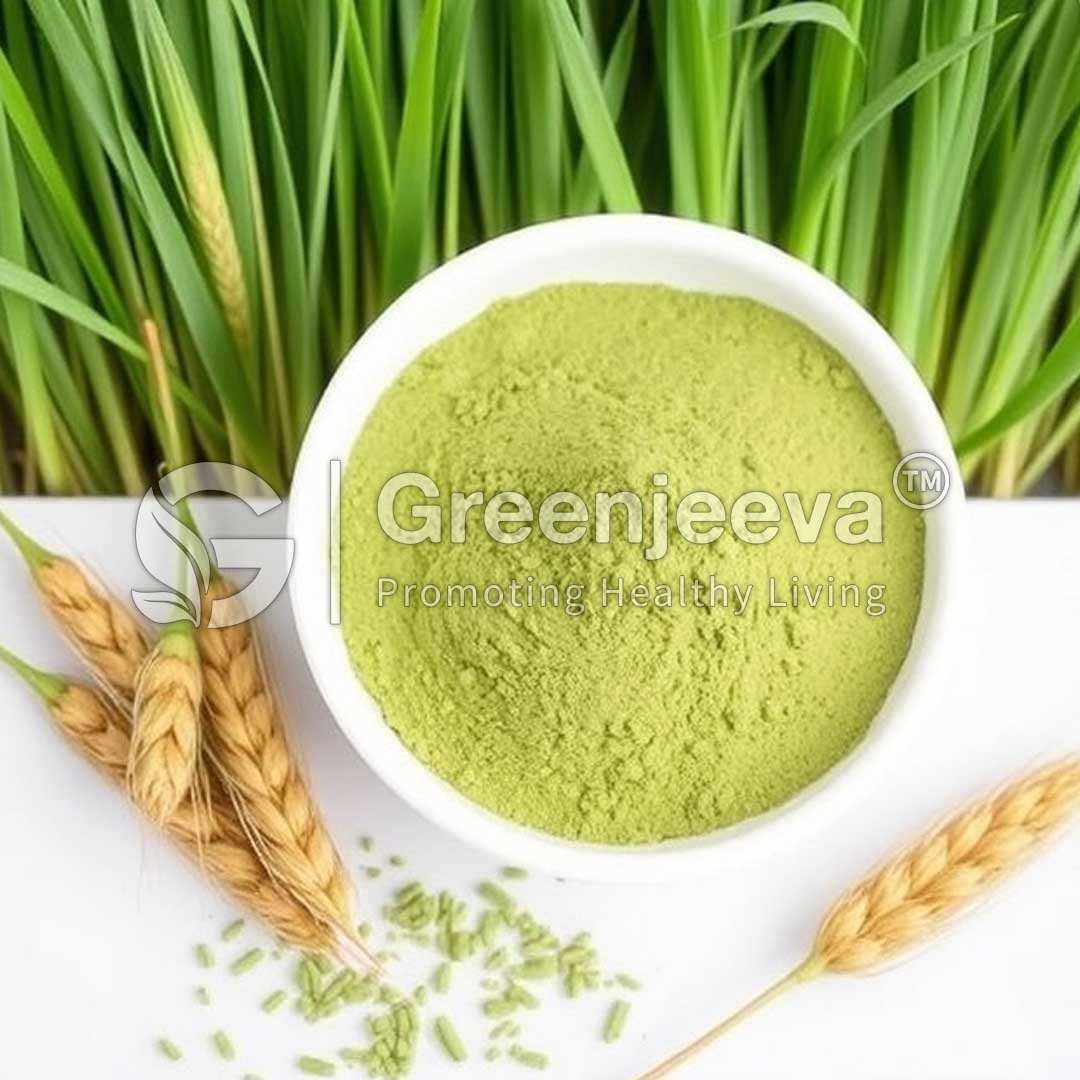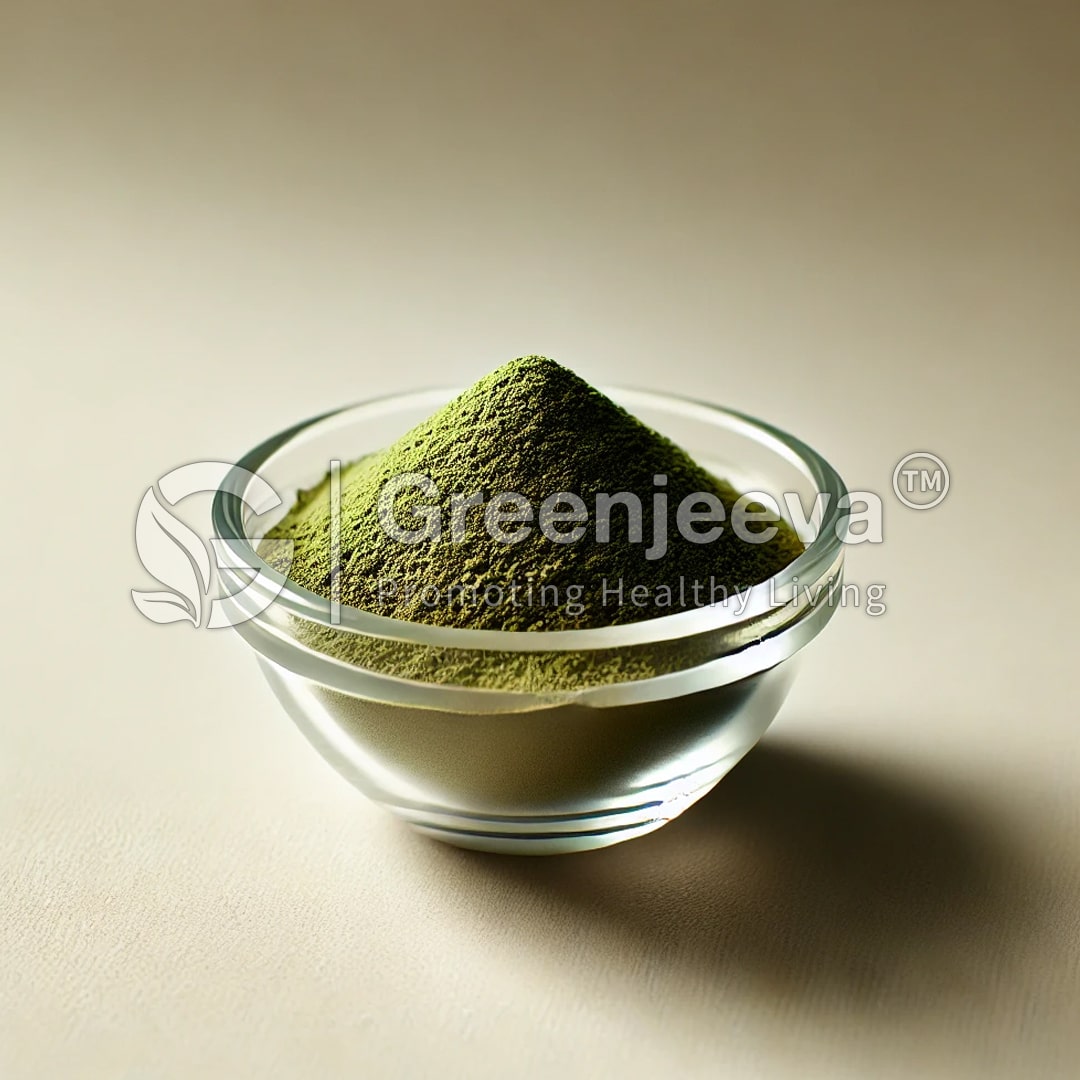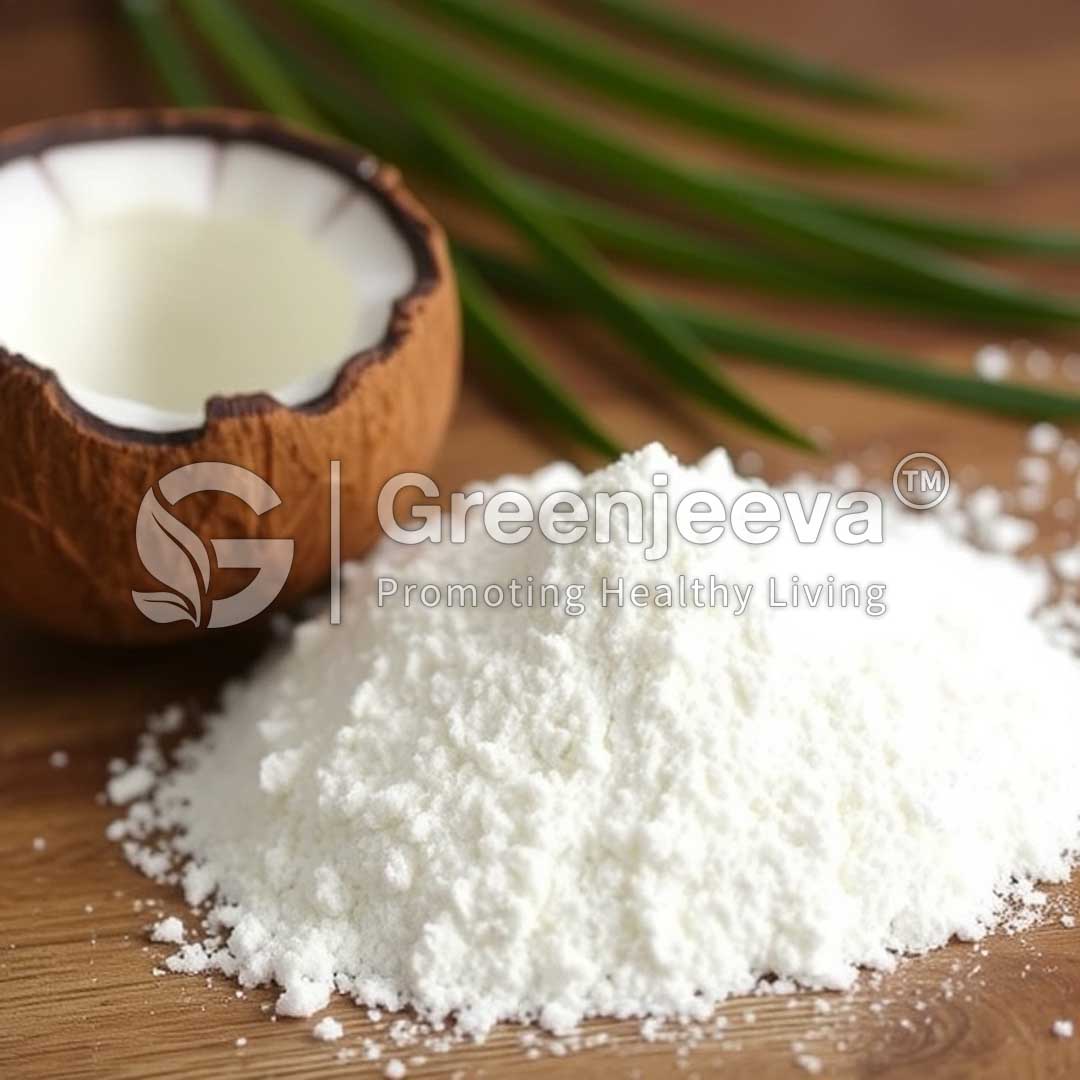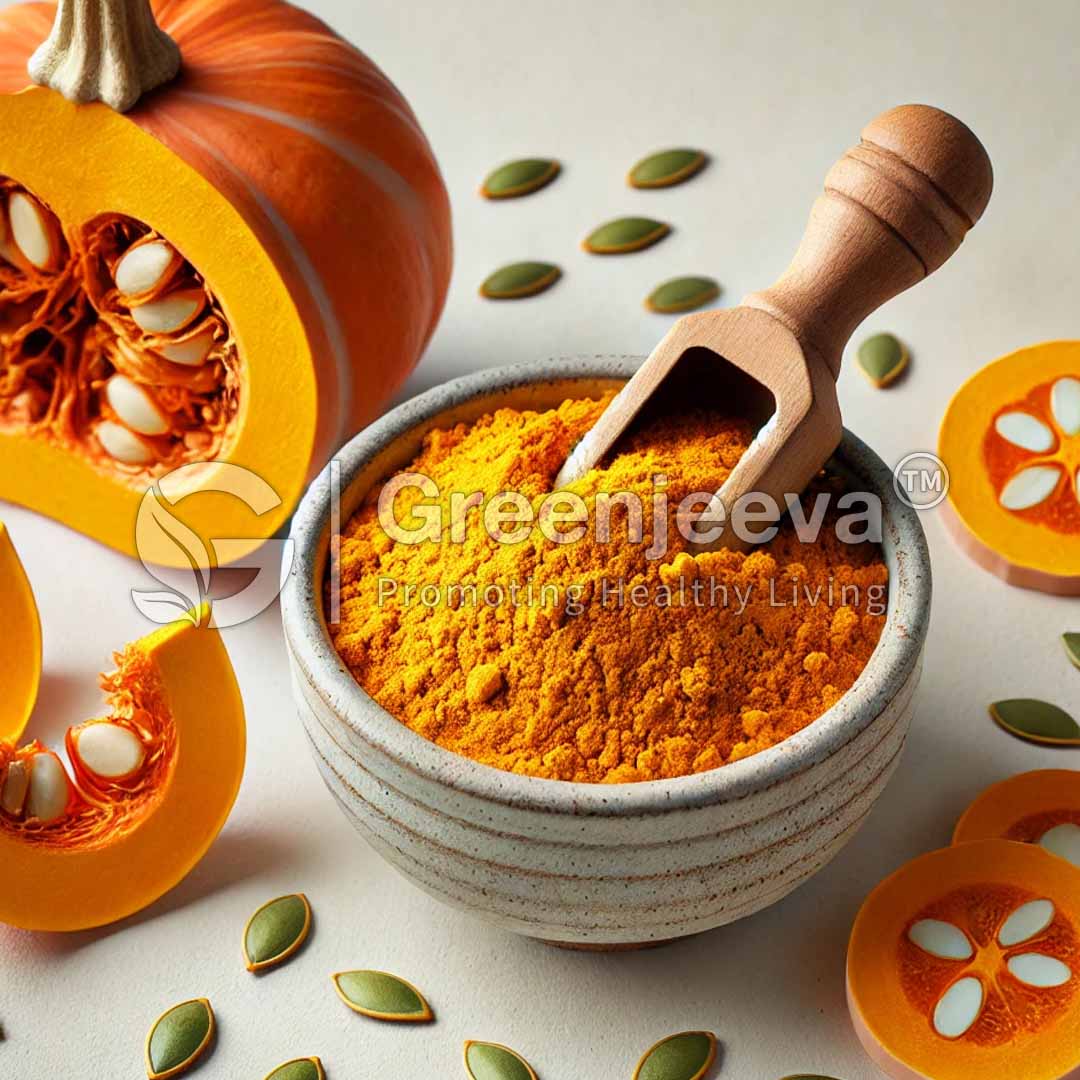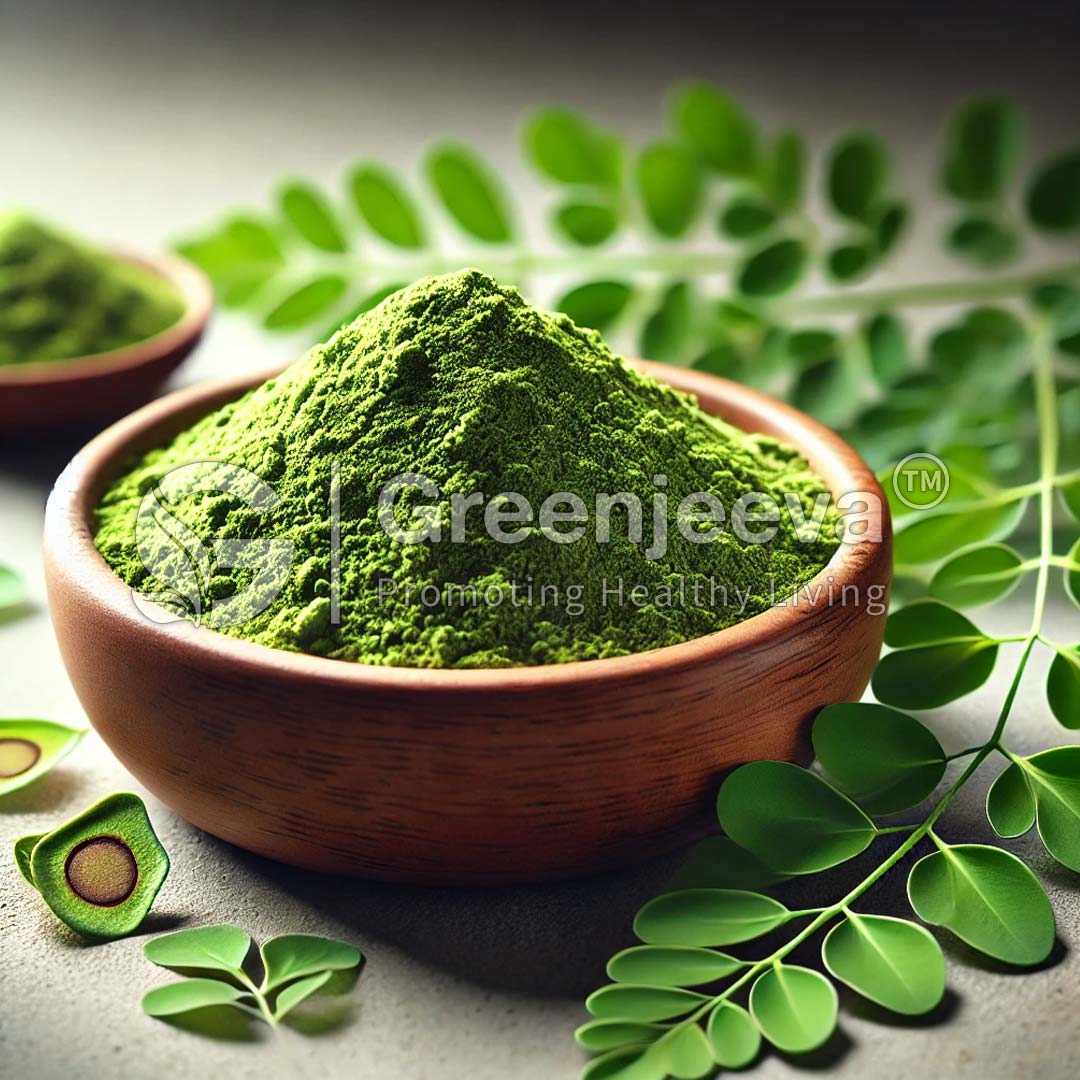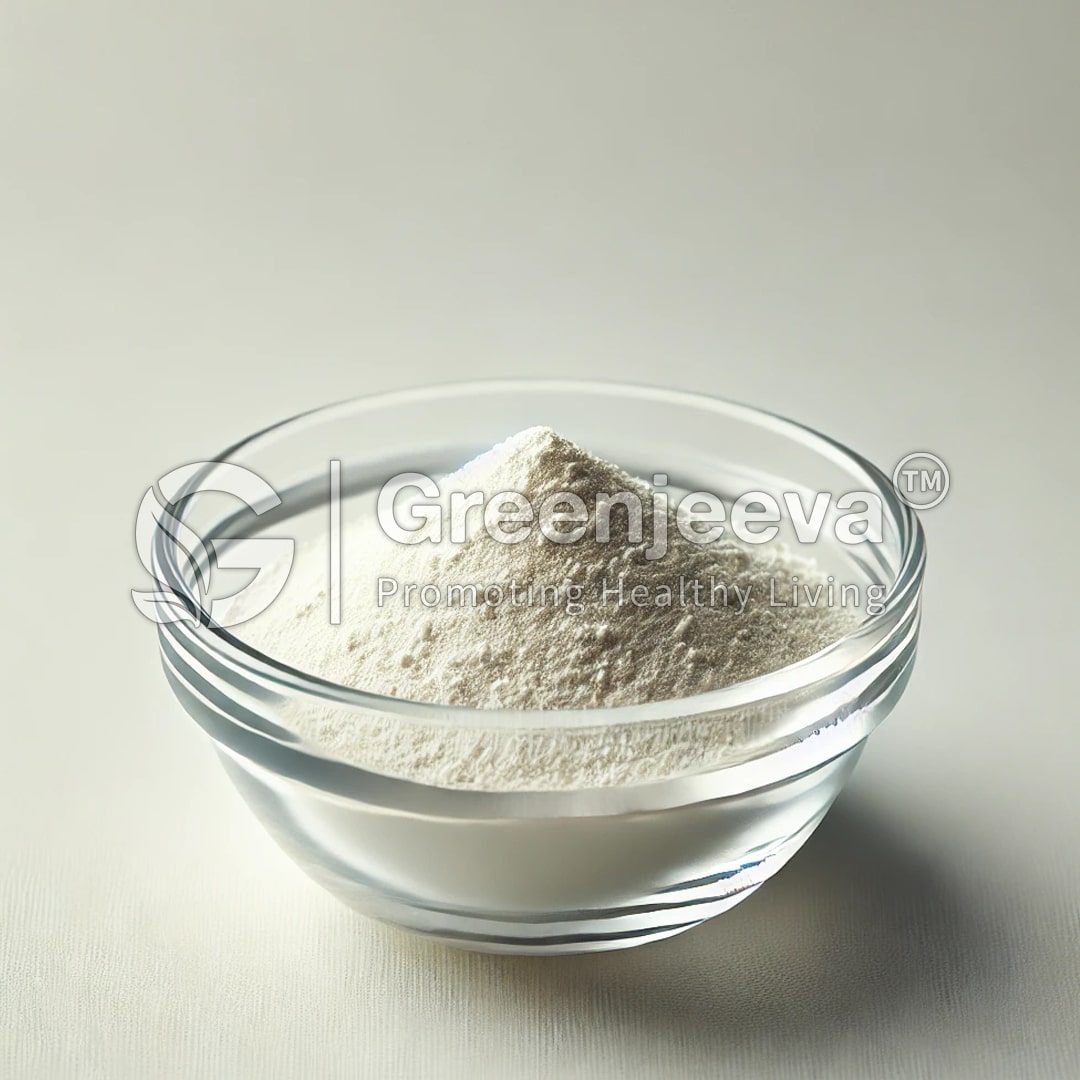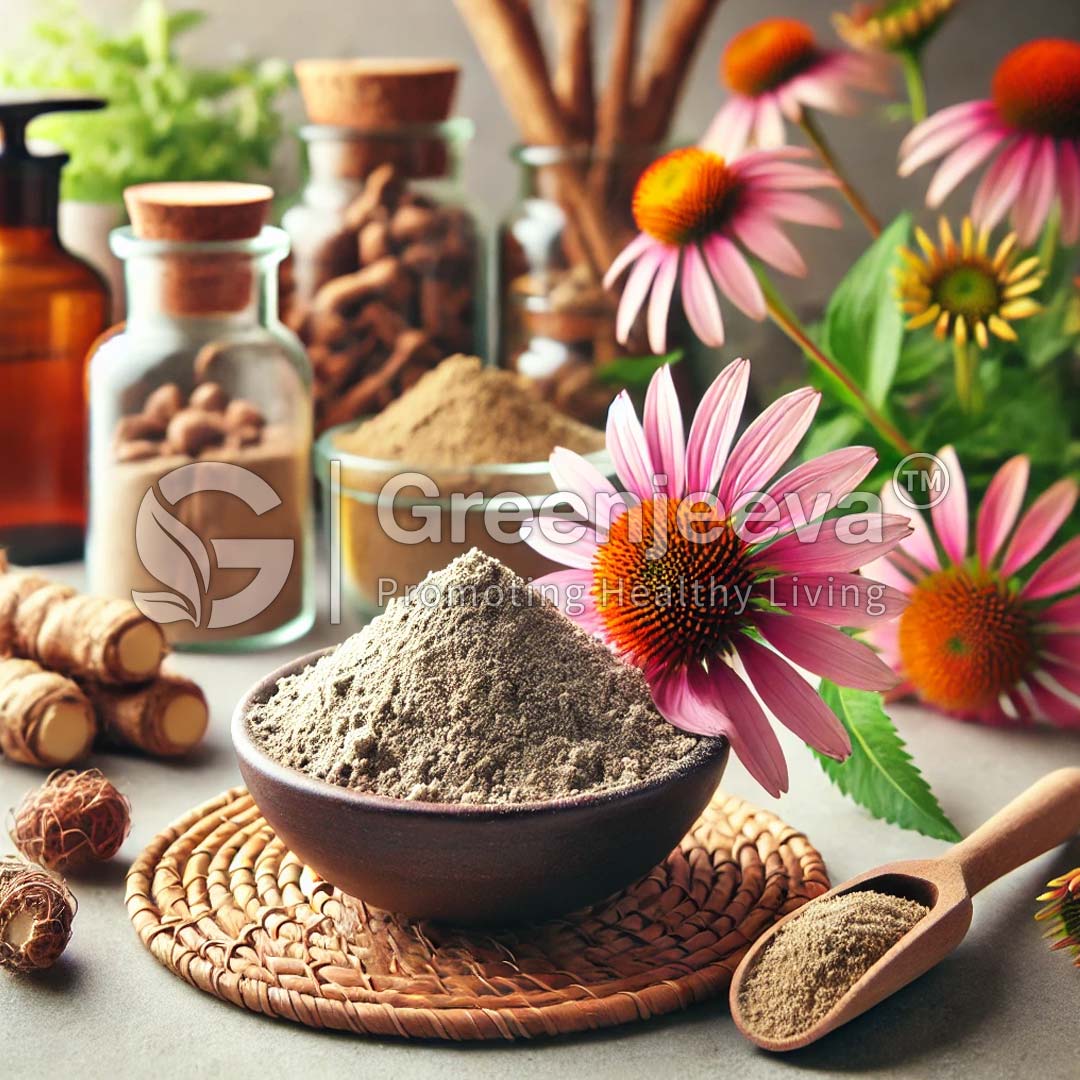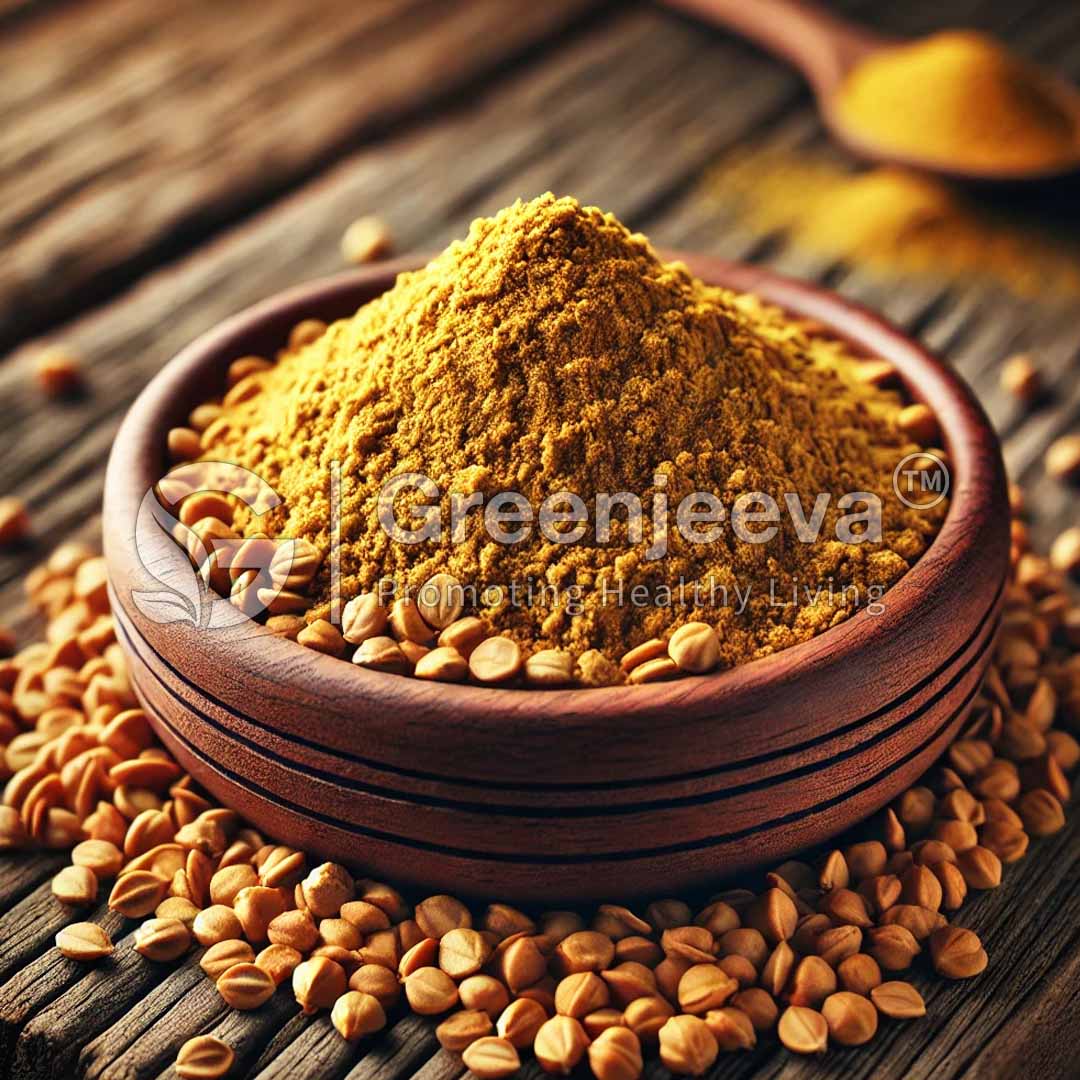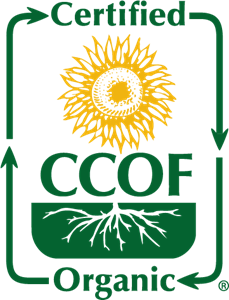Description
Botanical Name: Camellia sinensis
Plant Part Used: Leaves
Processing Method: Drying, Grinding
Finely ground green tea leaves that are native to East Asia. Epigallocatechin gallate (EGCG), epigallocatechin (EGC), epicatechin gallate (ECG), and epicatechin are the major active components of matcha tea powder. It is also a good source of chlorophyll, theanine, caffeine, rutin, quercetin, and vitamin C. Chlorophyll is responsible for vibrant color and caffein for its aroma and flavour. Secondary metabolites like phenolic and polyphenolic compounds are present in quite good amounts that modulate carbohydrate and lipid metabolism. Matcha tea is a powerhouse of potent antioxidants that help in stabilizing unstable free radicles. Intake of this tea is good for cells, heart, and brain health.



